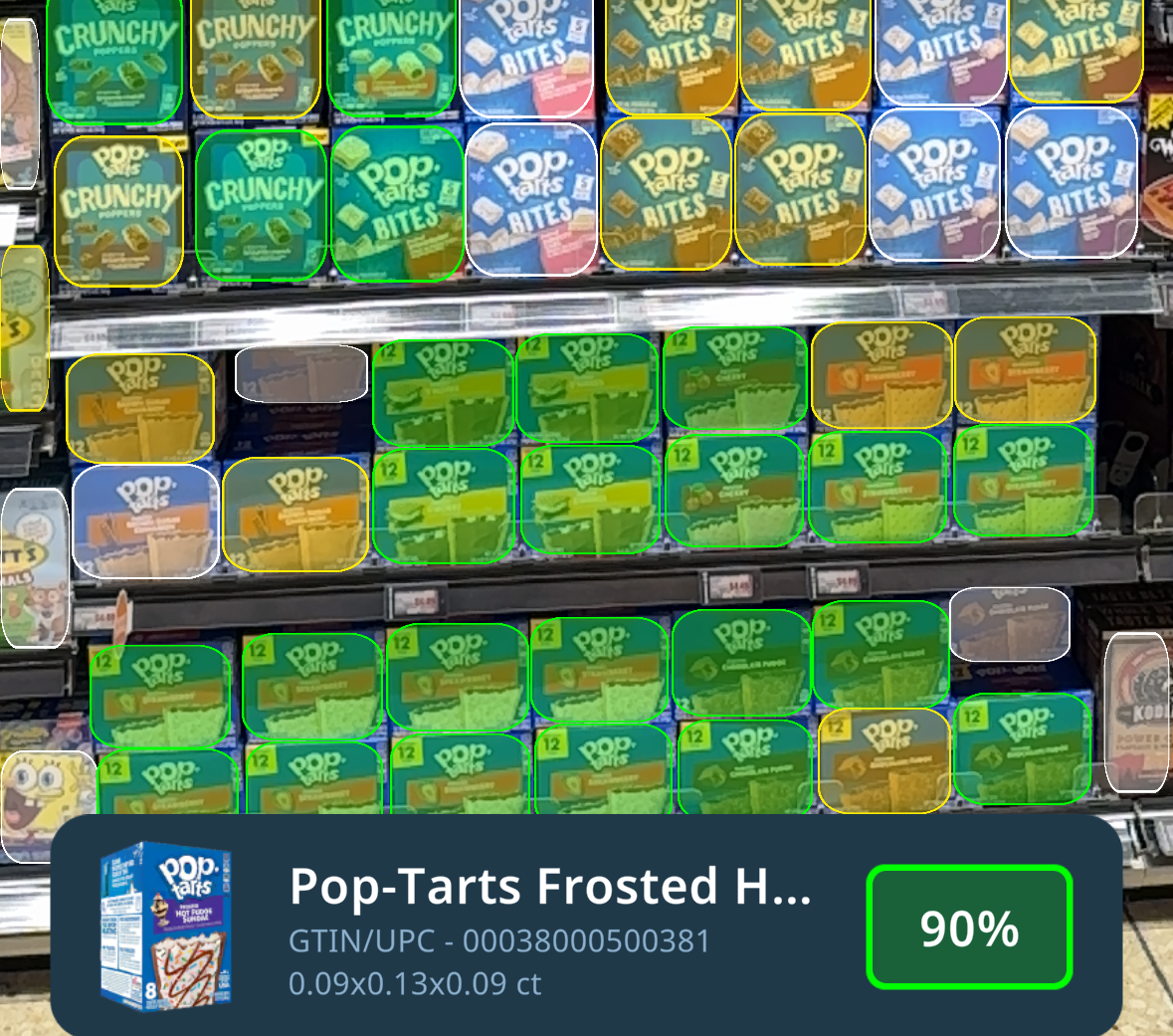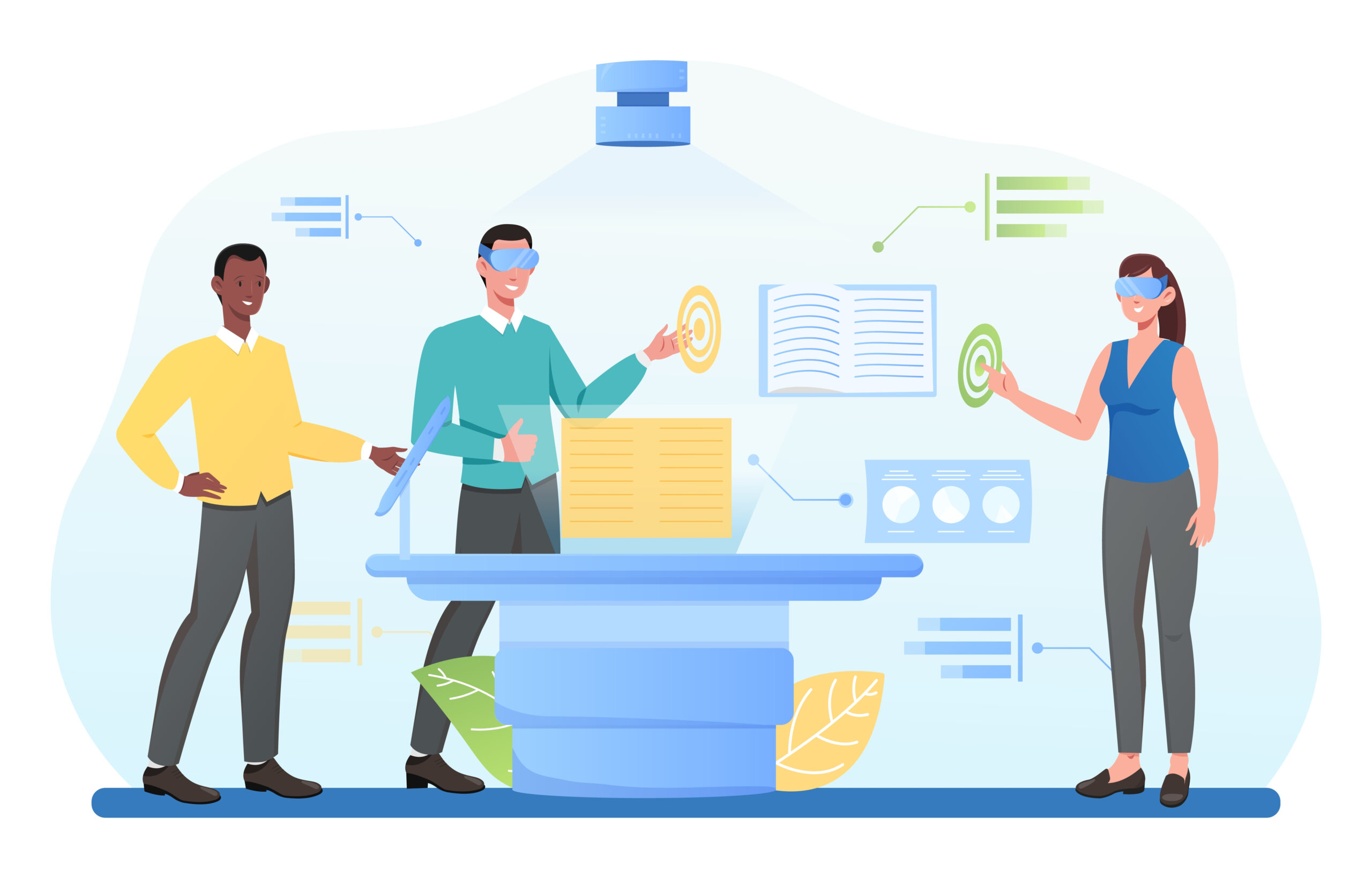There’s a heck of a lot that goes into the thought process of managing a category, or planning a product rollout, or designing new marketing messaging for a brand. Unfortunately, it’s not uncommon for these types of in-store decisions to be made based on guesses, or by assuming that a change to the shelf will lead to an increase in sales (hint, it often doesn’t.)
Today, a global pandemic has made in-store planning that much more complicated. Shoppers have changed how they navigate the store. They’re spending less time in the aisles and more dollars per trip. If taking an educated guess didn’t work well before, it definitely won’t work now. Executing a data-driven, shopper-focused in-store concept is possible, and doesn’t require a lot of money or time. In fact, leveraging virtual reality solutions has been helping retail teams mine better data, faster, without the need for physical mock centers or in-person testing.
Here are 4 ways forward-thinking brands and retailers are working smarter (and safely distanced) by driving their in-store planning strategies with virtual reality solutions.
Identify Leading ConceptsYou may have multiple ideas for how to execute a new product assortment, but you don’t have the time or resources to figure out how to narrow down a few to compare. Instead of guessing, visualize each of the scenarios in a virtual retail simulation. This allows for products to be seen in the context of a store, to scale. Ideas that maybe sounded good on paper or in a 2D model might not translate well in the actual space. Visualizing concepts in a realistic virtual environment allows you to better understand which concepts make sense to be further evaluated.
Learn Which Elements are Driving ChangeLearning how shoppers behave and feel about your new ideas is key to creating a winning concept. Conducting an in-depth, customized research study is a great way to get those metrics. Conducting a study like this using VR is even smarter—especially right now when in-person shopper research is on pause. That’s because real shoppers can shop a virtual store just as they would in a physical store study, but they can also give us detailed, timely feedback on why they made the decisions they made at the shelf. Creating 2 or more concepts in VR and then testing them with shoppers against a benchmark offers a clear and concise way to identify what ideas are driving positive change.
Localize ResultsOnce you’ve conducted an in-depth study that helped further narrow down winning concepts, you may still want to demonstrate how those concepts would fair at a particular retailer. With virtual, concepts can be tested within a specific virtual store with shoppers that represent the manufacturers’ targeted customers, and in just a few weeks. It’s a way to truly localize and personalize results for retail partners.
Present & Gain Buy-inNow that you have an in-store concept you are confident will be a hit, you still need to convince your retail partners that it’s worth investing in. There’s no better way to demonstrate the effectiveness of the concept than with VR. By leveraging virtual images, videos and immersive virtual store walk-throughs, your vision is brought to life, with the data and insights to back it up.
Virtual can be used for these methods separately, or all together as a holistic and streamlined process from conceptualization to execution. In-person shopping has changed. Instead of waiting for things to go back to normal, meet shoppers where they are at today, and prepare your retail planning teams for whatever tomorrow has in store, with innovative solutions.





